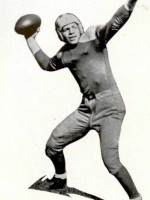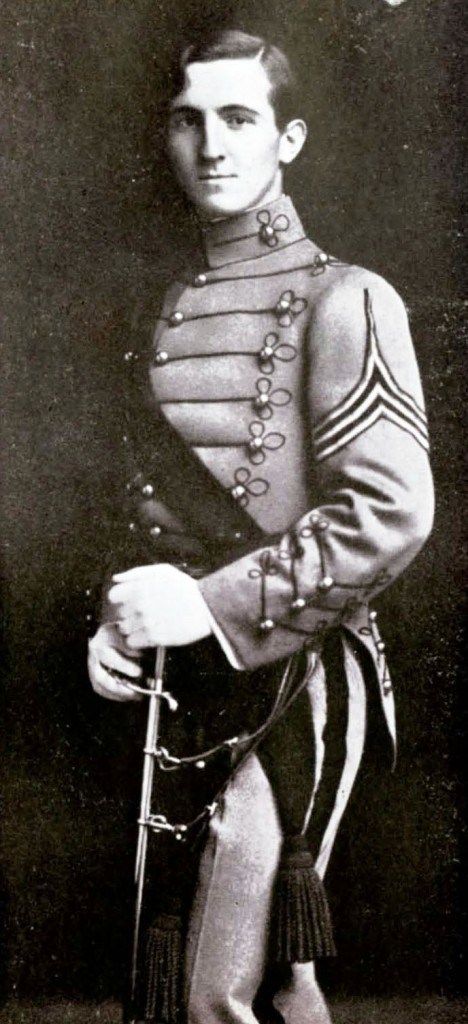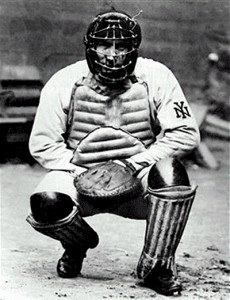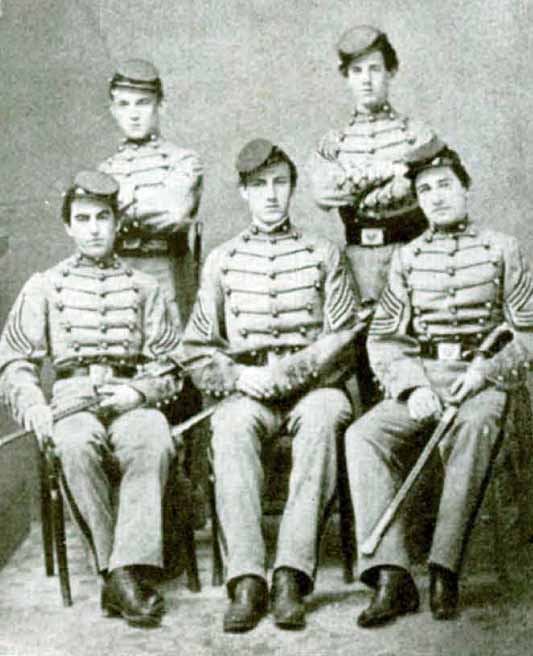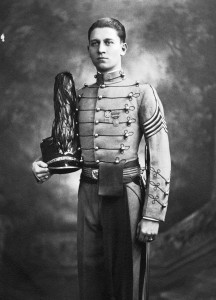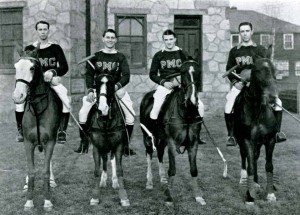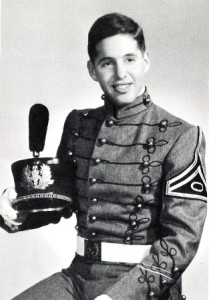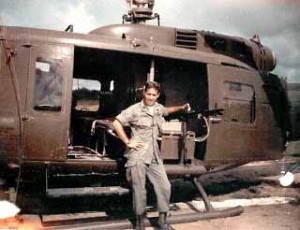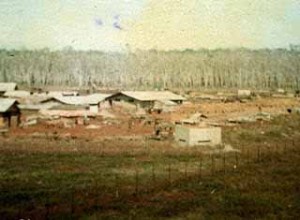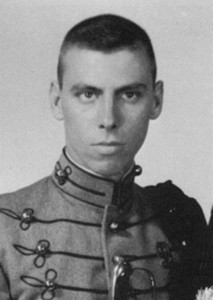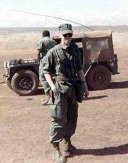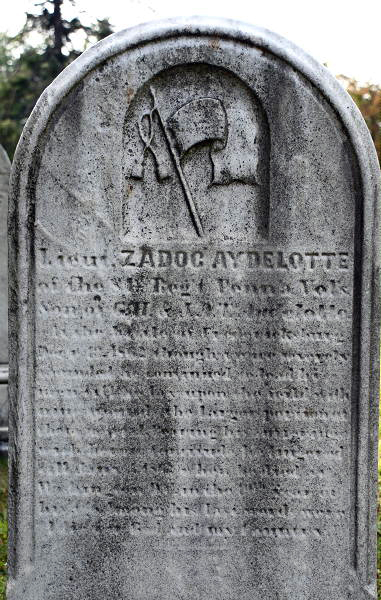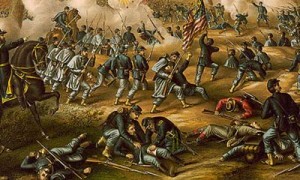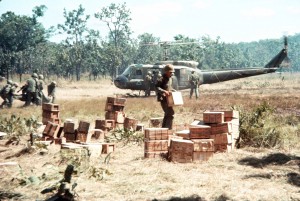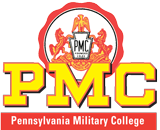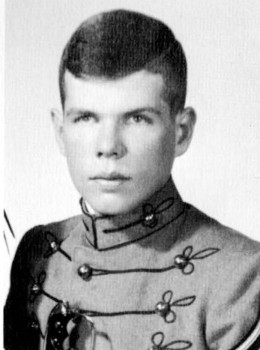 David Wilson was attracted to PMC by its military education, discipline, and development of leadership skills. He quickly assimilated to life at PMC and was considered to be a model Cadet. He promoted esprit-de-corps and motivation among his classmates. He was commissioned during the Commencement Exercises of 1966.
David Wilson was attracted to PMC by its military education, discipline, and development of leadership skills. He quickly assimilated to life at PMC and was considered to be a model Cadet. He promoted esprit-de-corps and motivation among his classmates. He was commissioned during the Commencement Exercises of 1966.
On 31 January 1968, First Lieutenant David Wilson commanded a supply convoy of mostly 5-ton tractor trailers that was returning to An Khe from Pleiku, RVN. At the foot of the Mang Yang Pass, a superior enemy force, supported with heavy weapons, ambushed the convoy. Many of the vehicles in the convoy had stopped and were subject to intense enemy mortar and small arms fire. At the moment the ambush was triggered, 1LT Wilson’s command vehicle was just forward of the kill zone. Although he was out of danger, he immediately returned to the kill zone and, with complete disregard for his own safety, 1LT Wilson commenced leading his men to safety. Then, while directing the convoy to safety, his jeep sustained a direct hit from a mortar round.
David Wilson was posthumously awarded the Silver Star and Purple Heart for his outstanding leadership and heroism for saving the lives of many of his men. Six Cadets served as pallbearers and the Commandant’s Staff and others from PMC attended the services. In December of 1968, the Bien Hoa Cantonment Area was dedicated to his memory. During the ceremonies, Brigadier General D.A. Richards, Commanding General of II Field Force Transportation units, stated: “David Wilson knew the meaning of valor . . . the meaning of caring … the meaning of responsibility, and to me, David Wilson represents the hope for the future!”

